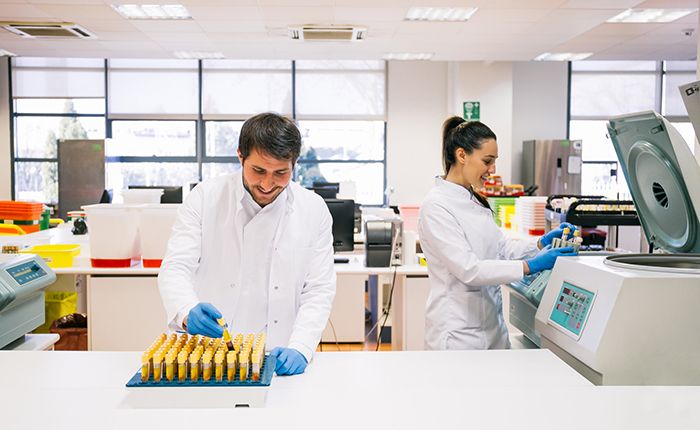April 16, 2019
One of the side effects of healthcare being a relevant topic of discussion around the world is people becoming more aware of what they are receiving from the healthcare industry. Combine that level of attention with the increasing level of complexity in healthcare, and you create pressure to make every patient interaction worthwhile.
The result is that over the past few years, there has been an increased focus around providing “high-value care” to patients whenever possible. But aren’t all healthcare interactions high value? Let’s take a moment and understand a little more.
Improving Patient Outcomes with High-Value Care
There are a few different definitions for the term “high-value care,” and they all touch on different aspects of the main point. The American College of Physicians sees high-value care as efforts that “improve health, avoid harms, and eliminate wasteful practices.” According to the Institute of Health, high-value care is defined as “the best care for the patient, with the optimal result for the circumstances, delivered at the right price.”
There are a few other definitions floating around, but they all share that common theme. What connects them is the ability for physicians and care providers to know what the right practice is for each patient so they can provide the best possible care. If physicians had access to information that empowered them to make the right call after a single visit with a patient, they’d use it every time, wouldn’t they? This type of access means the patient gets the right treatment as soon as possible, which is what everyone wants at the end of the day.
That was a hypothetical example of course, but health systems around the world are getting better at utilizing data to make better clinical decisions for their patients. Platforms such as hc1 are paving the way in accessing previously underutilized data such as patient lab tests to better equip physicians and health systems with information to improve patient outcomes across the board.
Reducing Medical Spend Through High-Value Care
You can read two meanings into the word “value” in “high-value care.” The first meaning is to make sure any medical interactions that patients have are worthwhile and helpful with whatever medical issue they may be having. The second side of the coin is to make sure that the monetary value of healthcare reflects the quality of the service provided. It’s an important piece of the larger picture.
Of course, this means that hospitals and health systems should strive to keep the costs of their procedures as low as possible, but it also means, as the American College of Physicians called it, “eliminating wasteful practices.” There are clear areas for improvement in areas like overtesting and overprescribing. If physicians can lower the number of tests and prescriptions it takes to improve the patient’s outcome, the patient will not only be better faster, but the amount they’ll have to pay through their own wallet or through insurance is reduced.
The area of overtesting is one where health systems can use a lot of help, given the complexities and amount of information that physicians have to keep up with on a daily basis. After McLaren Health brought on hc1 to better utilize their lab results, they saw a 43% drop in lipid panels ordered and a reduction in CKMB exceptions from 132 to 0. In addition to reducing overtesting on patients, cutting the costs of these unnecessary tests across a health system also contributes to lower healthcare costs in the long run.
No matter which way you look at it, high-value care means always keeping the patient in mind when making decisions. Whether you’re reducing the amount of time spent in the waiting room or the amount of money spent for the appointment, high-value care starts with making sure that the right patient gets the right test and the right prescription. To learn more about how hc1 can help you achieve that same mission, request a demo of our software today.













